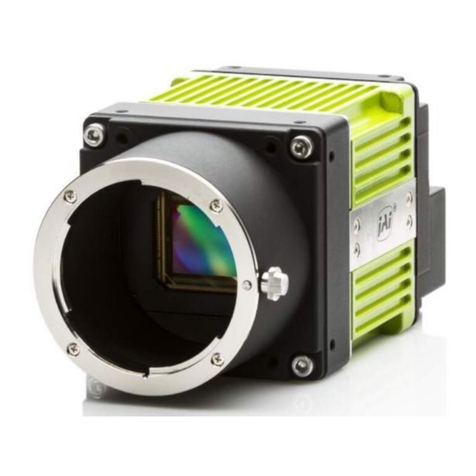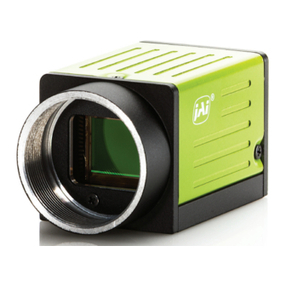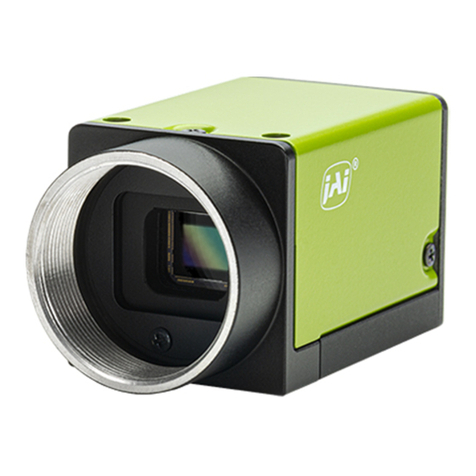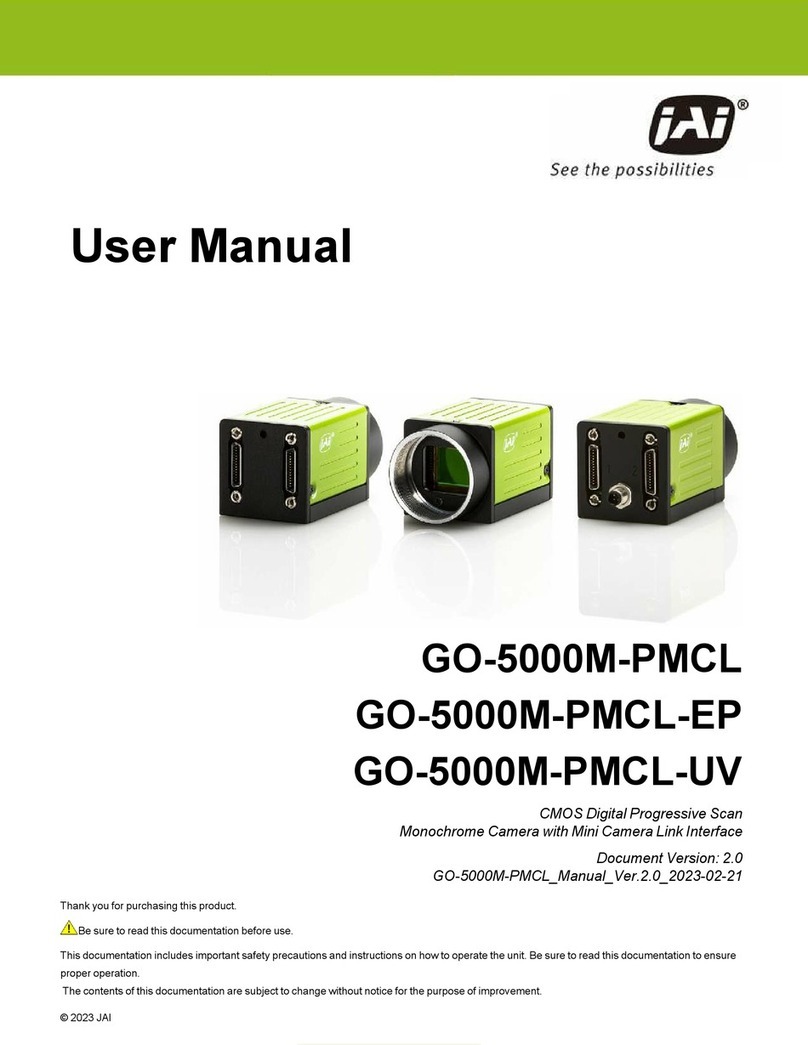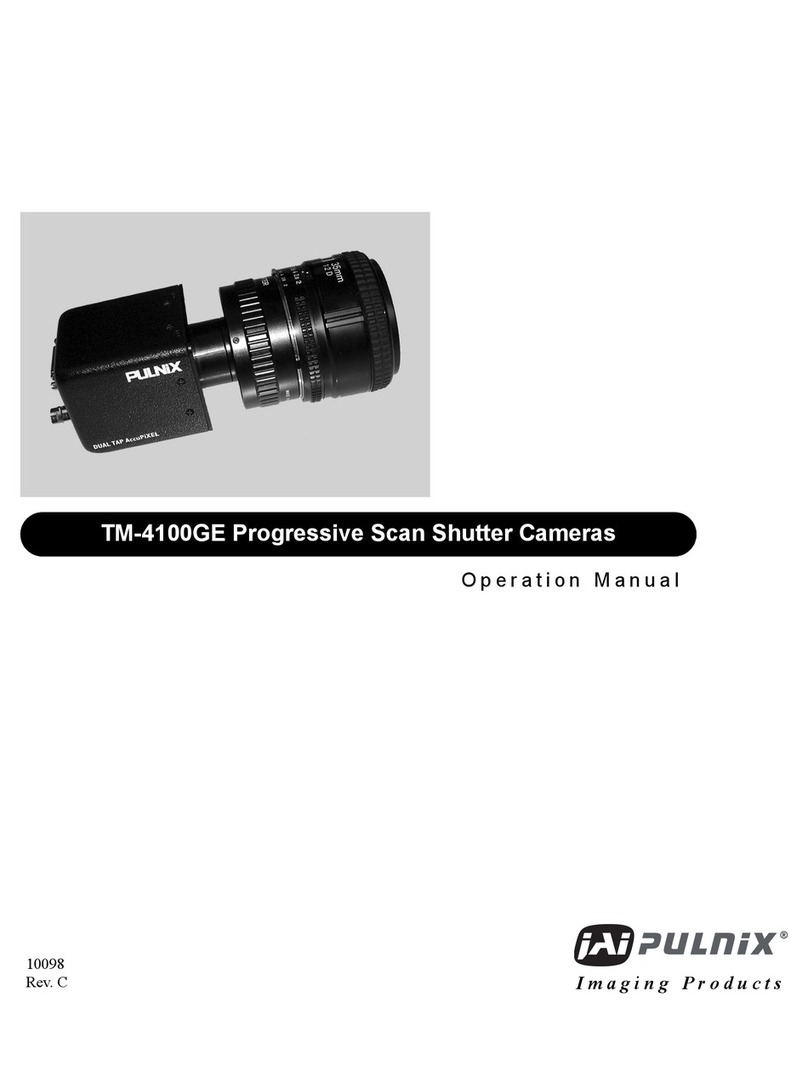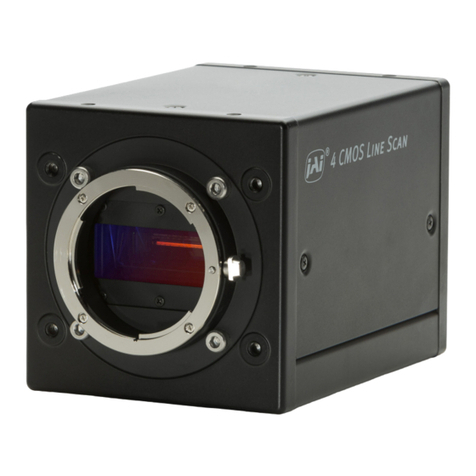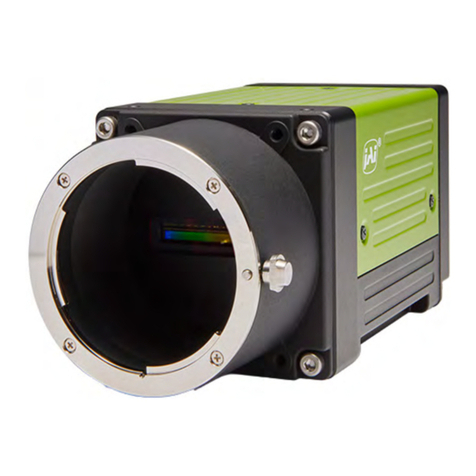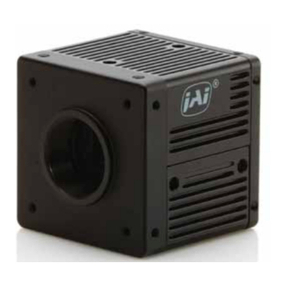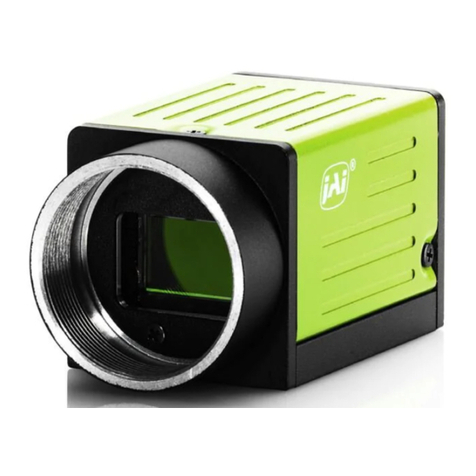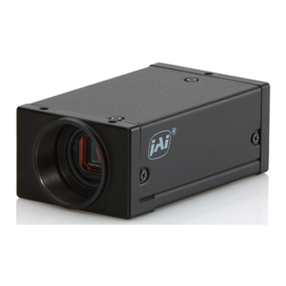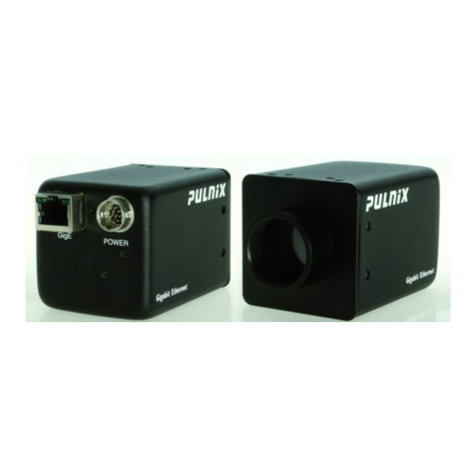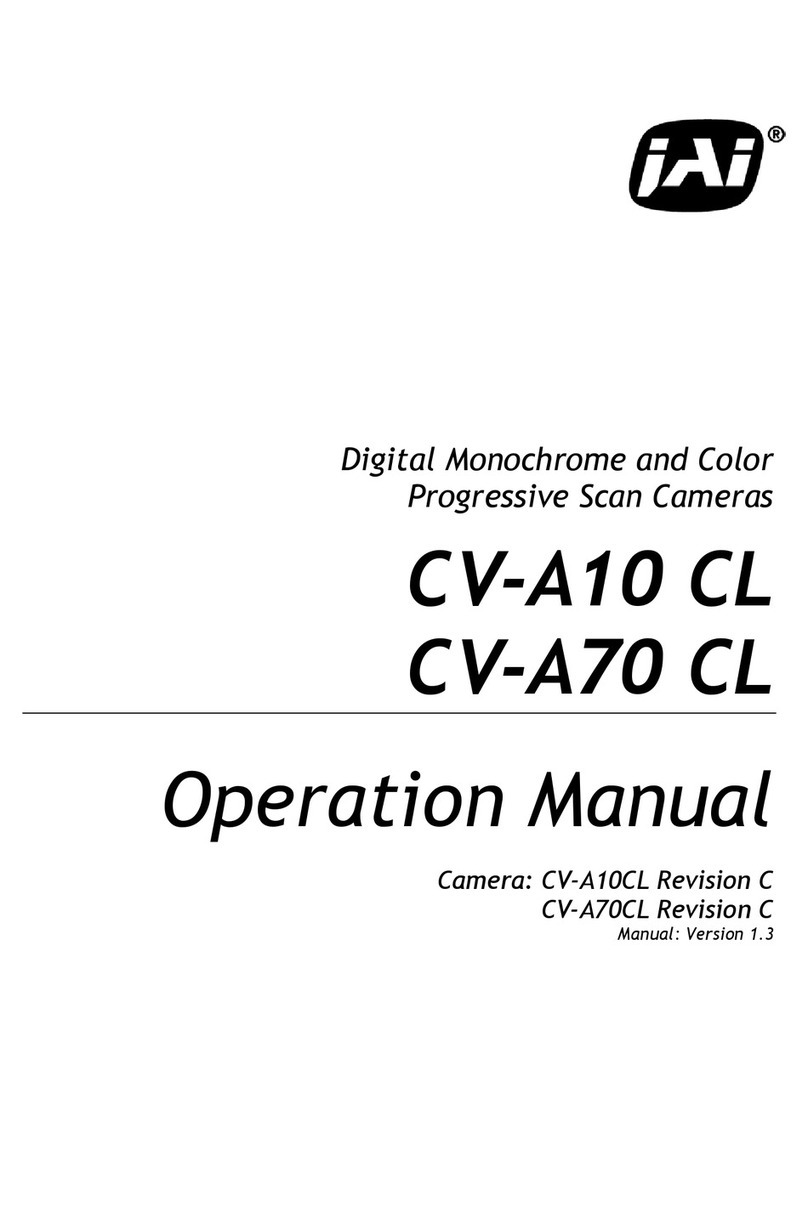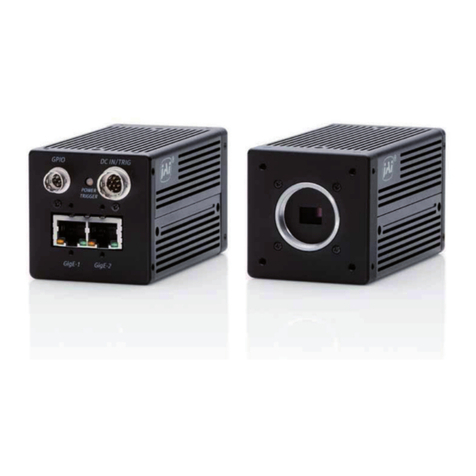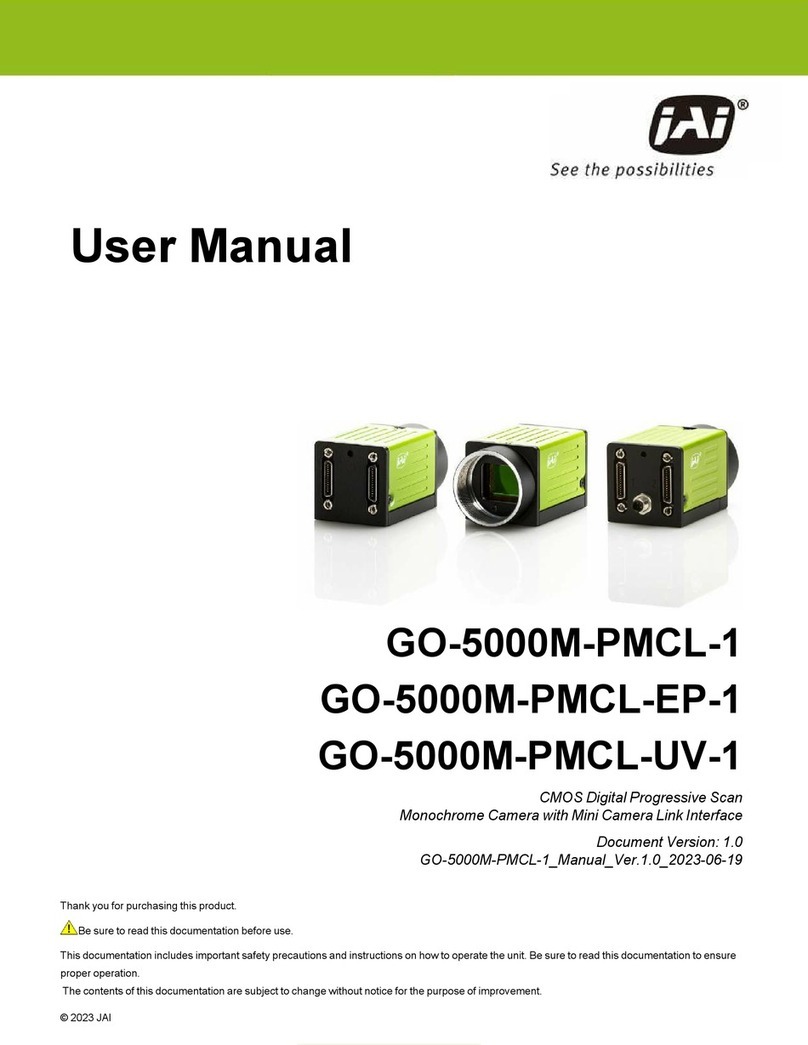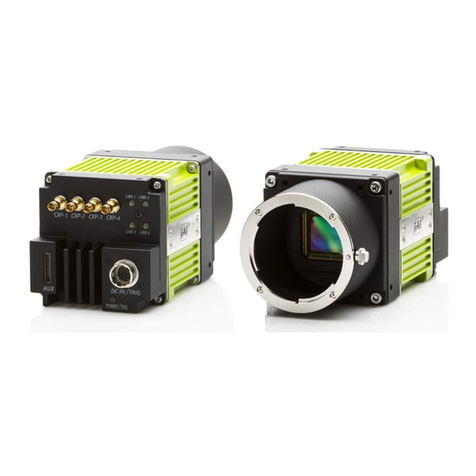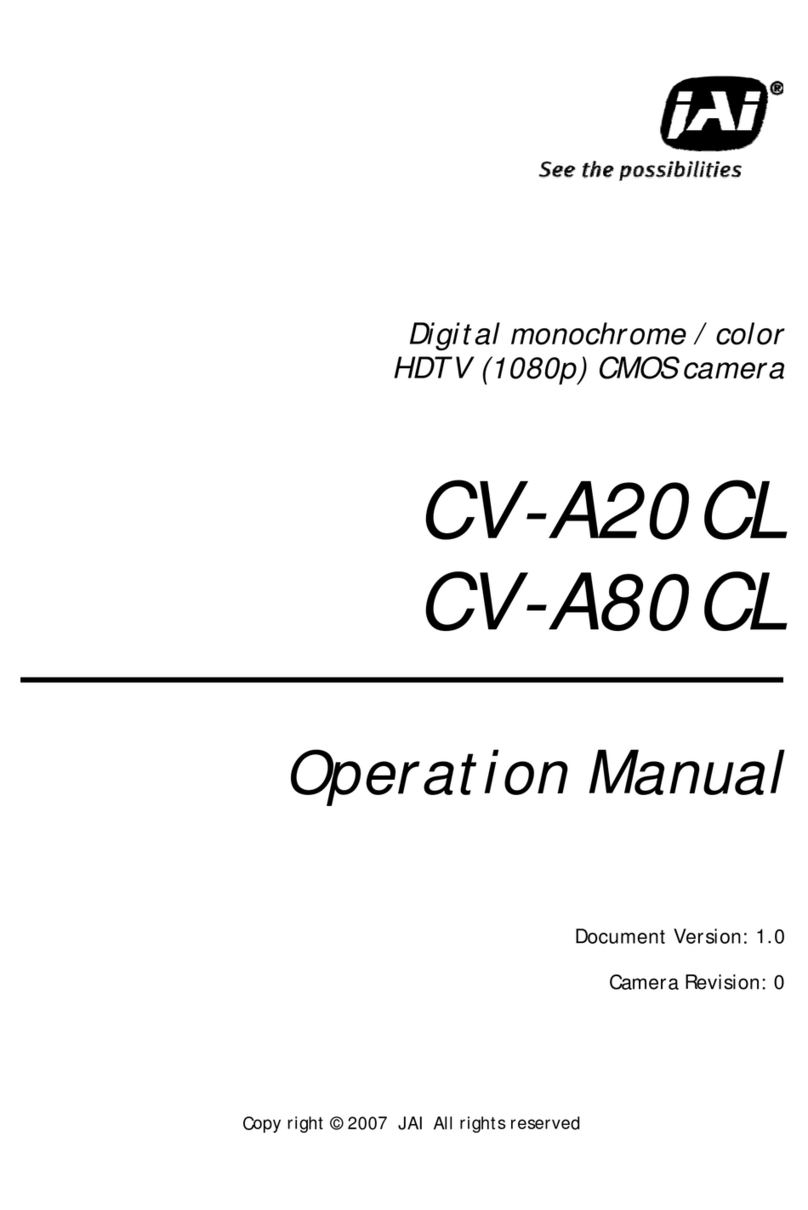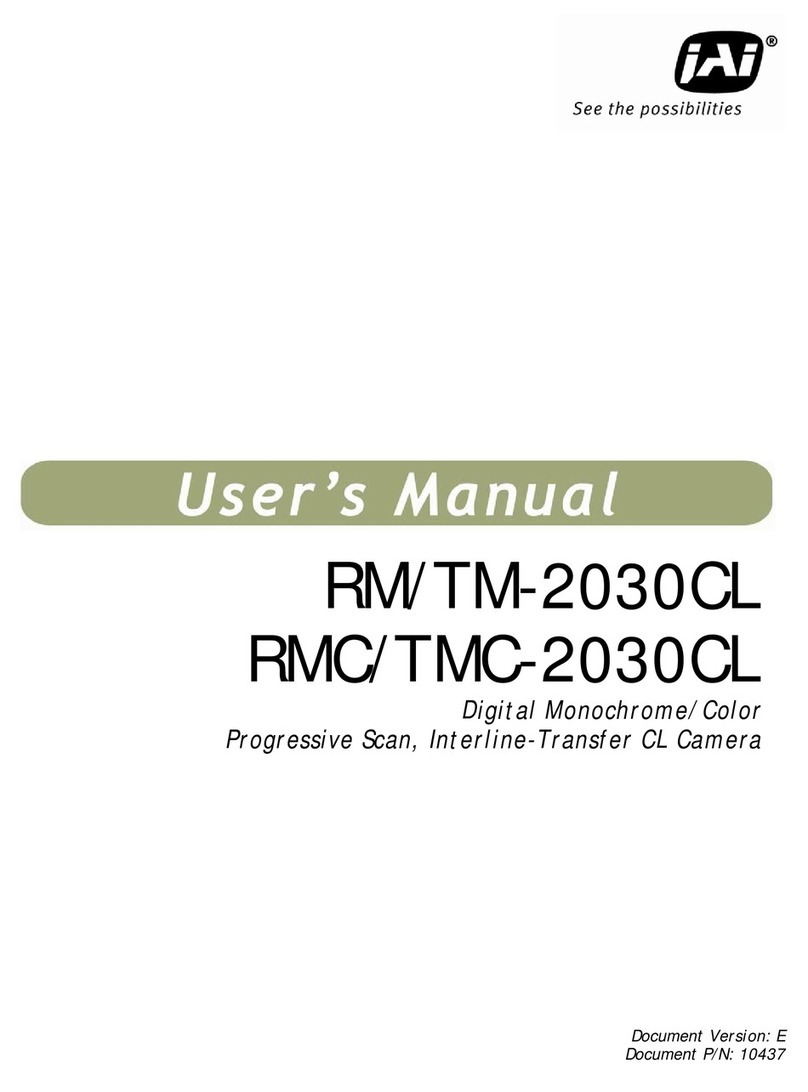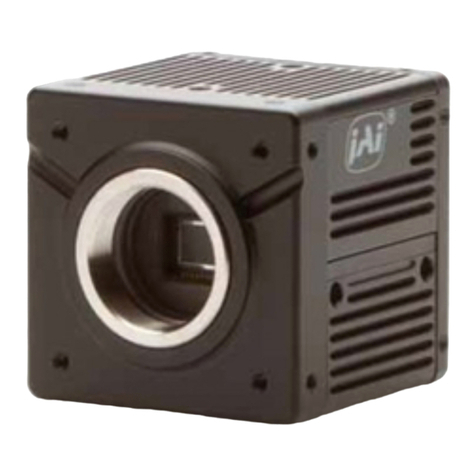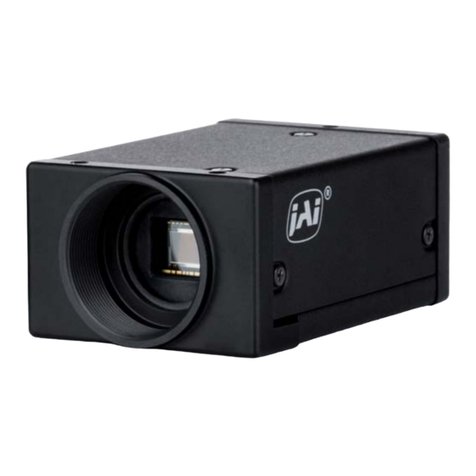
SW-2001Q-CL
-Table of contents –
1. General .......................................................................................................5
2. Camera nomenclature......................................................................................5
3. Main features ................................................................................................5
4. Locations and functions....................................................................................6
4.1. Locations and functions...............................................................................6
4.2. Rear Panel ..............................................................................................7
5. Connectors and pin assignment...........................................................................8
5.1. 12-Pin Connector.......................................................................................8
5.2. Digital Output / Interface Connectors for CameraLinkTM........................................8
5.3. Input and output circuits .............................................................................9
5.3.1 Trigger input........................................................................................9
5.3.2 EEN / XEEN output (Exposure ENable) ........................................................ 9
5.3.3 Camera Link Interface (Bit allocation)....................................................... 10
5.3.4 Camera link output port........................................................................ 11
5.3.5 Bit allocation of the output video............................................................. 11
6. Functions and Operation................................................................................. 12
6.1. Basic functions ....................................................................................... 12
6.2. Operating mode...................................................................................... 13
6.2.1 No-Shutter mode with internal trigger....................................................... 14
6.2.2 No-Shutter mode with external trigger ...................................................... 15
6.2.3 Shutter-Select mode with internal trigger................................................... 16
6.2.4 Shutter-Select mode with external trigger.................................................. 17
6.2.5 Pulse Width Control (PWC) mode ............................................................. 18
6.3. Scan rate and exposure time range............................................................... 19
6.3.1 Minimum cycle time of external trigger ..................................................... 19
6.3.2 Minimum trigger pulse width. ................................................................. 19
6.3.3 Compatibility of trigger modes and functions............................................... 19
6.3.4 Trigger modes and auto white balance modes matrix table.............................. 19
7. Functions listed alphabetically by command acronyms............................................. 20
7.1 Command AHRS – Request Status After One-Push AWB........................................ 20
7.2 Command AL – Automatic Line Rate Reference Level......................................... 20
7.3 Command AR – Automatic Line Rate Setting.................................................... 20
7.4 Command ARST – Auto Reset Mode............................................................... 20
7.5 Command AH - Activate One-Push Auto White Balance (AWB) - Shutter................... 21
7.6 Command AW – Activate One-Push Auto White Balance (AWB) - Gain...................... 21
7.7 Command BA – Bit Allocation...................................................................... 21
7.8 Command BI – Binning (horizontal only) ......................................................... 22
7.9 Command BL – Master Black Level................................................................ 22
7.10 Commands BLR , BLB and BLIR – Black Level Red, Blue and NIR............................. 22
7.11 Command BLM - Black Level Mode.............................................................. 22
7.12 Command EI – Interlocked R, G, B & NIR Exposure............................................. 23
7.13 Command GA – Master Gain Level ................................................................ 23
7.14 Commands GAR, GAB and GAIR – Gain Level Red, Blue and NIR............................. 23
7.15 Commands GAR2 , GAG2, GAB2 and GAIR2 – Fine Gain (R,G, B and NIR)................... 24
7.16 Command GM -Gain Mode ..................................................................... 24
7.17 Command LR - Line Rate (Scan Rate) ............................................................ 24
7.18 Command LUTC -LUT Control................................................................. 24
7.19. Command NR -Noise Reduction............................................................ 25
7.20 Command PBC – Enable Pixel Black (FPN) Correction ......................................... 25
7.21. Command PBR – Run Pixel Black Correction and Store to User Area ........................ 25
7.22. Command PBS -Request Status After Pixel Black Correction............................. 26
7.23. Command PER,PEG,PEB and PEIR – Programmable Exposure for R,G,B,and NIR .......... 26
7.24. Command PGC – Enable Flat-Field Correction (pixel gain).................................... 26
7.25. Command PGR – Pixel Gain Correction and Store in User Area............................... 27
7.26. Command PGS -Request Status After Pixel Gain Correction ............................. 28

